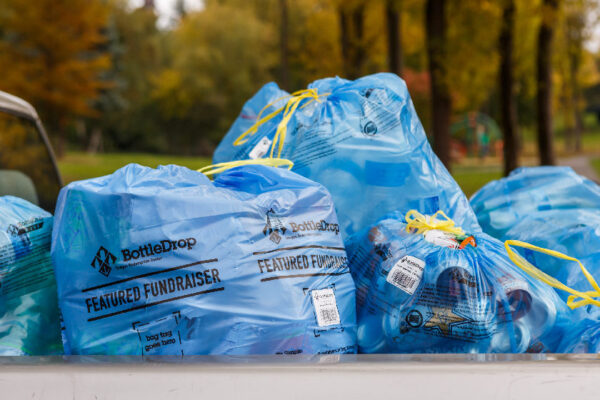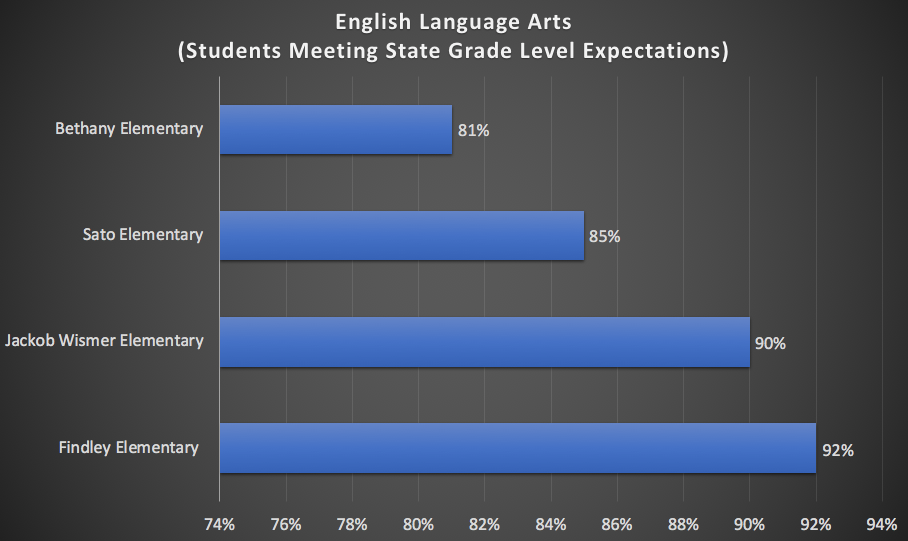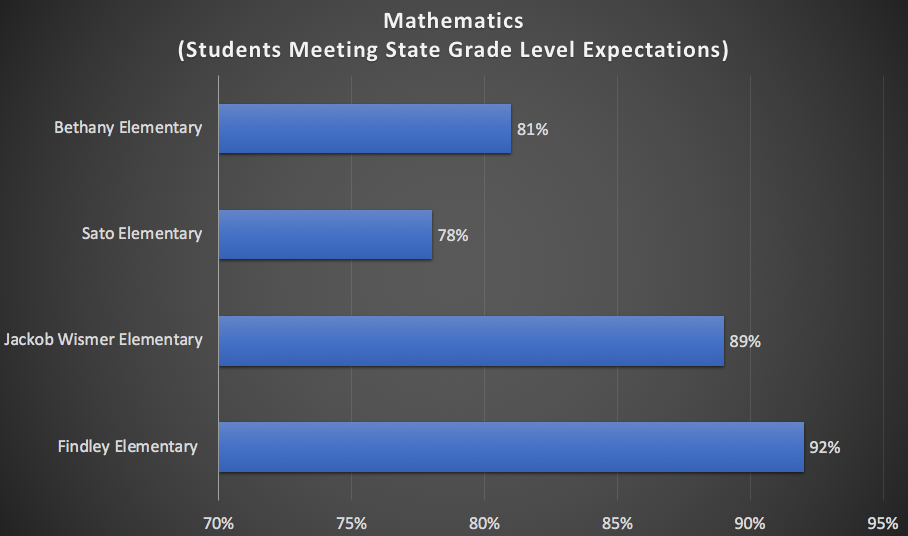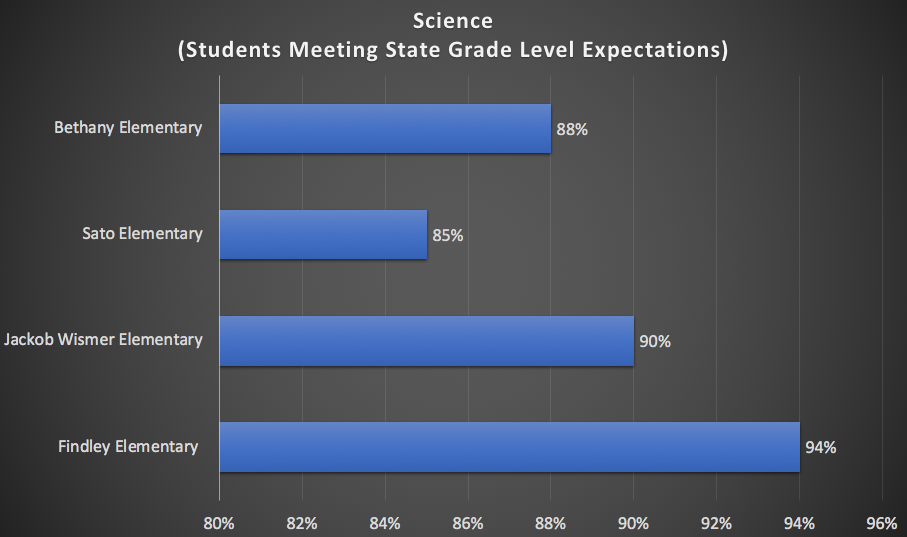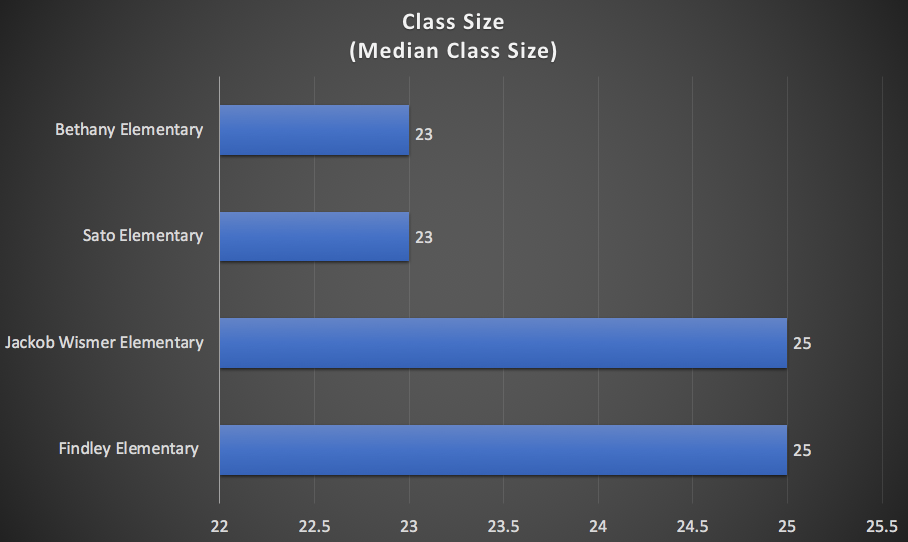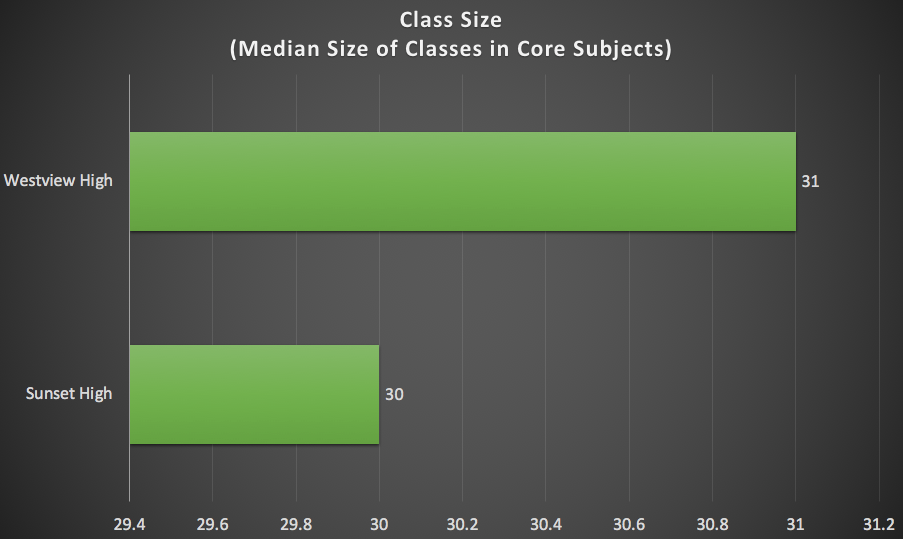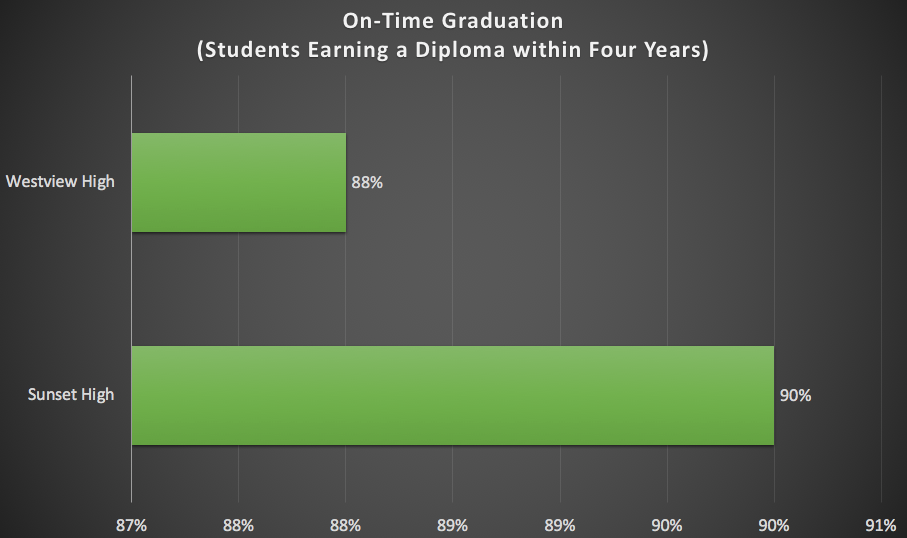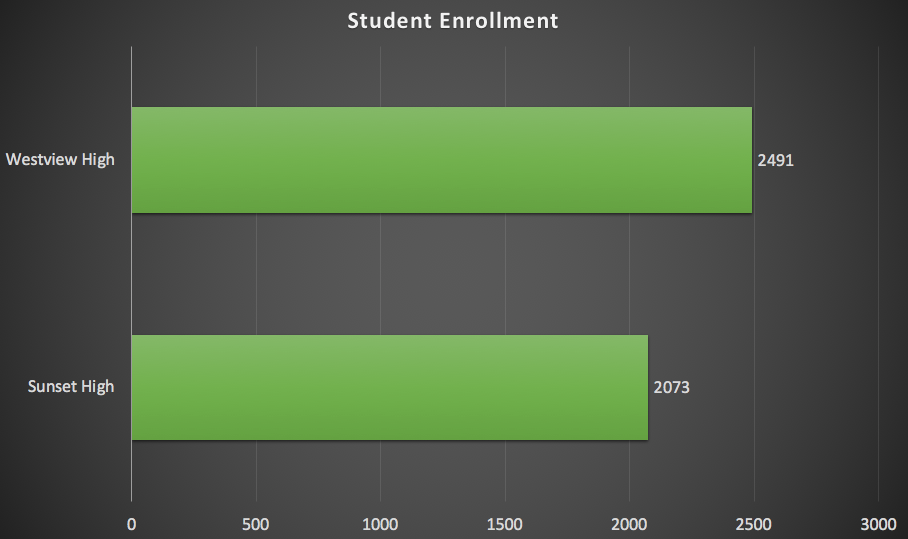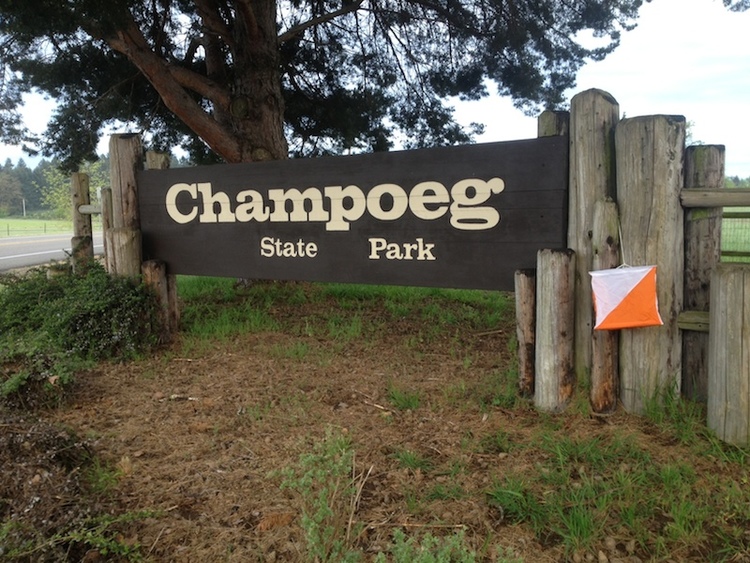Closing out middle school as an 8th grader, I faced many challenges and distractions from the people, technology, and projects that were around me and competing for my attention. Joining Tumwater’s Science Olympiad team gave me an opportunity to take up the most time-consuming projects I did all year, and the most fun ones too.
Ironically, out of the 3 projects I took on, the one I undoubtedly spent the most time on was also the one that I ranked the lowest, 4th place. I earned gold medals for each of the other two projects. But, this building project, known as Wheeled Vehicle, was a challenge for my partner and I, considering our lack of prior experience with design, construction, and continuous iteration.
On the opposite end of the spectrum was Bio Process Lab, one of the most well-known middle school Science Olympiad events. This event didn’t require nearly as much preparation for my partner and I, as both of us had done many chemistry-related programs and competitions in the past like You Be The Chemist. Many of the questions regarding microscope use, lab safety, hypothesizing, measurement, and charts were extremely familiar to both of us. With only the biological side to cover, we quickly went through bacteria, cells, adaptation, etc., and earned a gold medal.
My other project was called Fast Facts. It was really a general knowledge memorization challenge. This project was the most individual out of all 3 events, requiring immense amounts of memorization of scientific concepts. Or, so we thought as the actual competition paper was nothing like what we had prepared for. Through our adaptability and quick thinking, we finessed most of the test paper. During the evening ceremony, we were surprised to learn that we earned a gold medal in 1st place position for this project!
Overall, my journey with the Science Olympiad team was a testament to perseverance, adaptability, and the joy of curiosity-based learning. Despite the setbacks and challenges, the experience enriched my understanding of science and helped me build friendships and connections that will last a lifetime.


